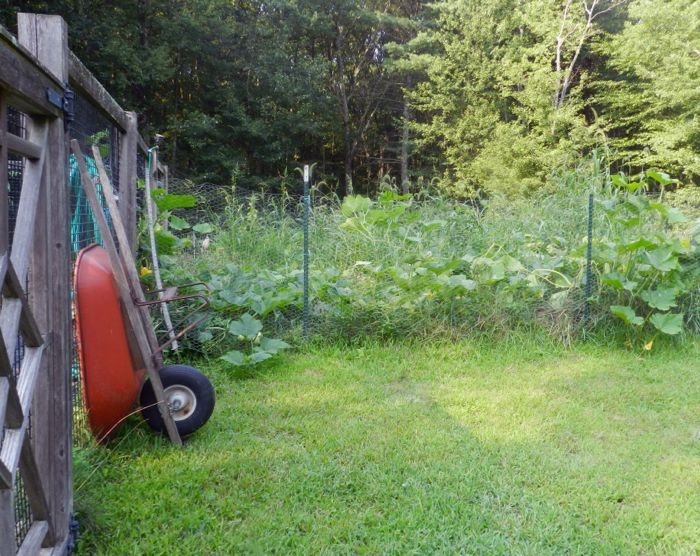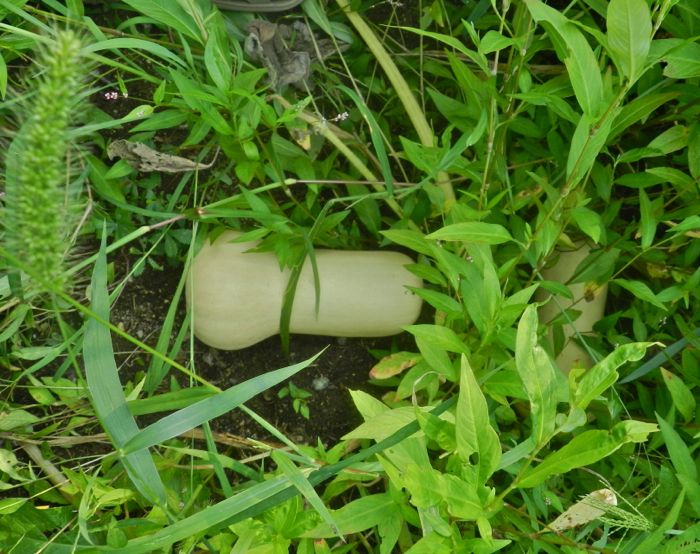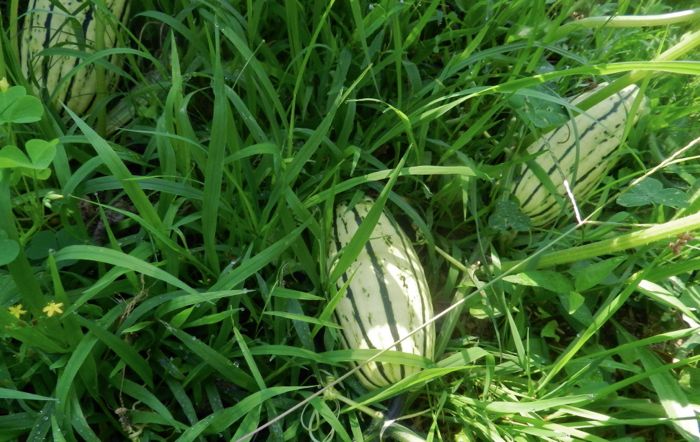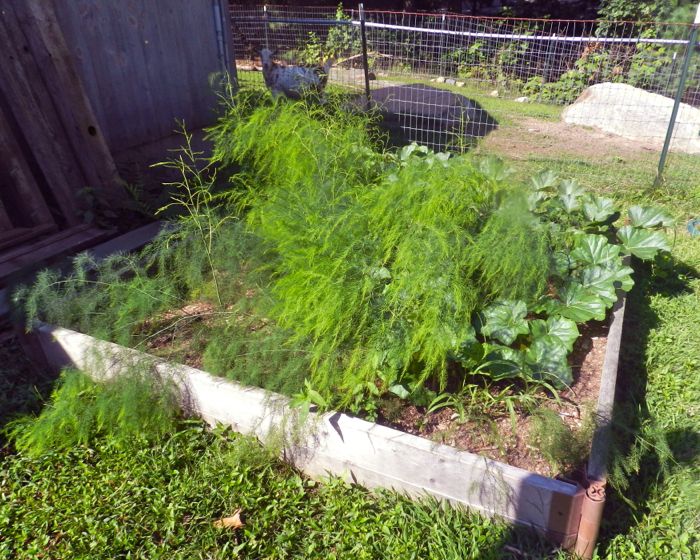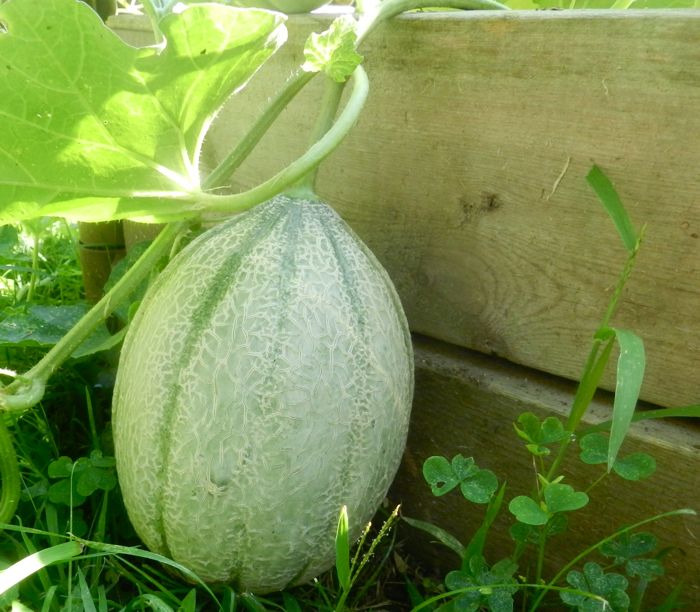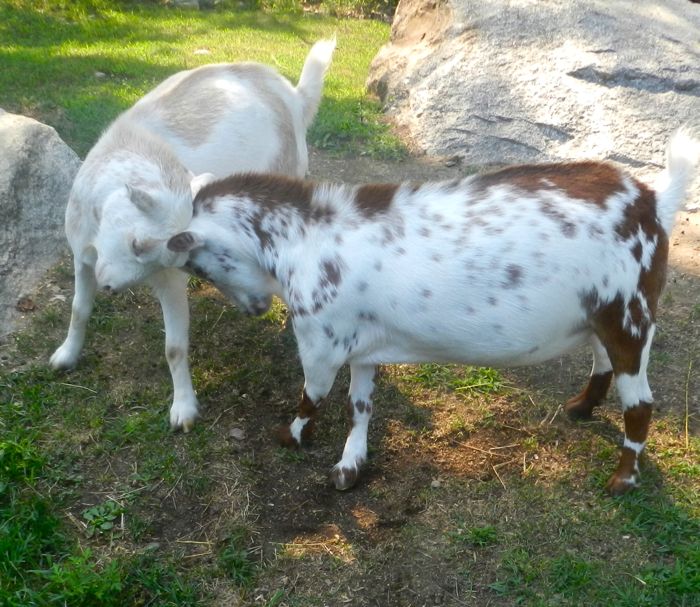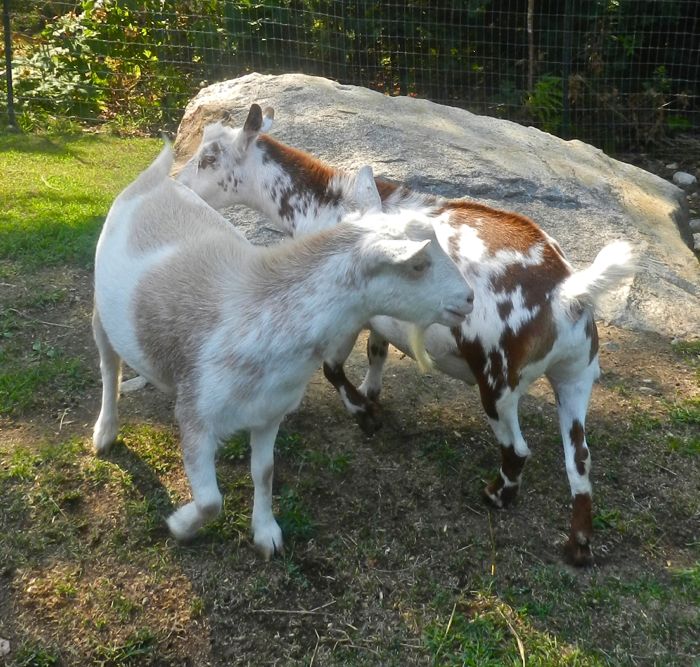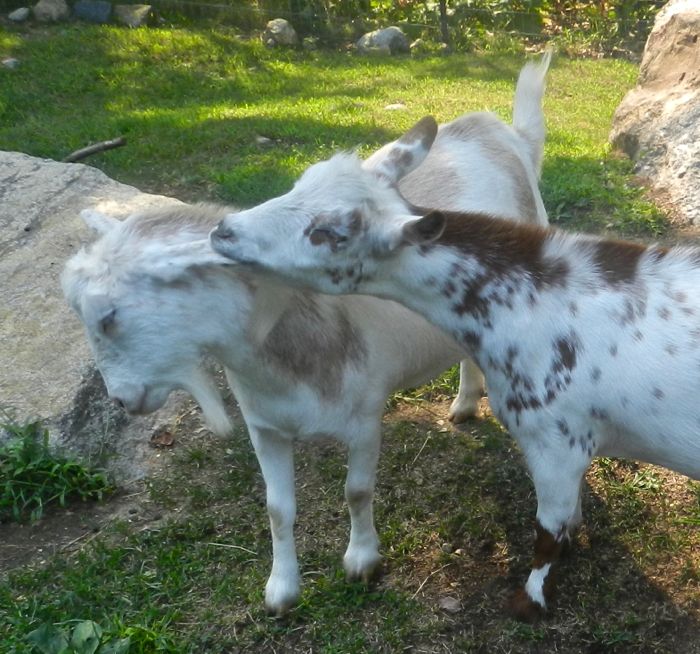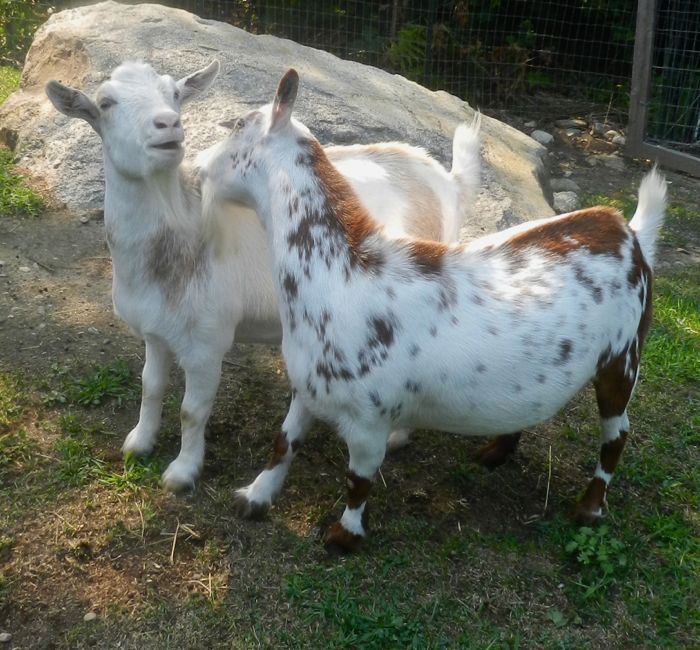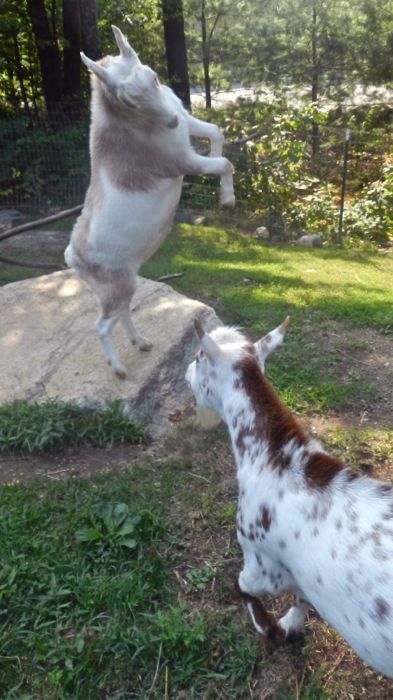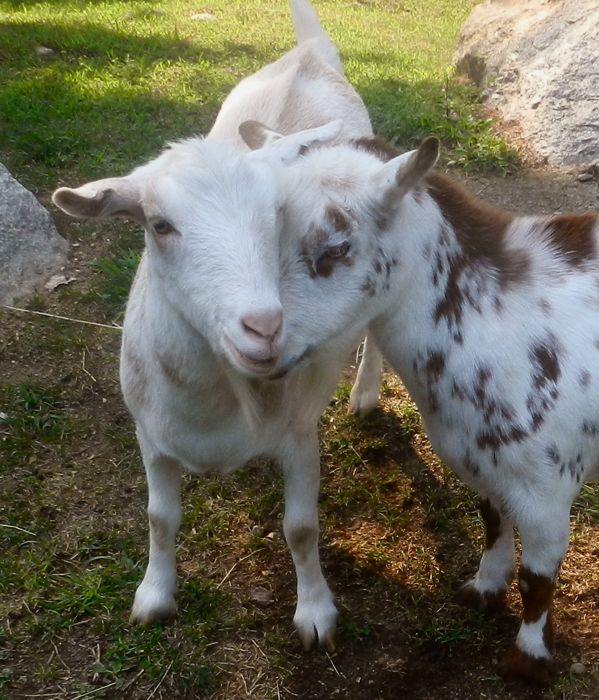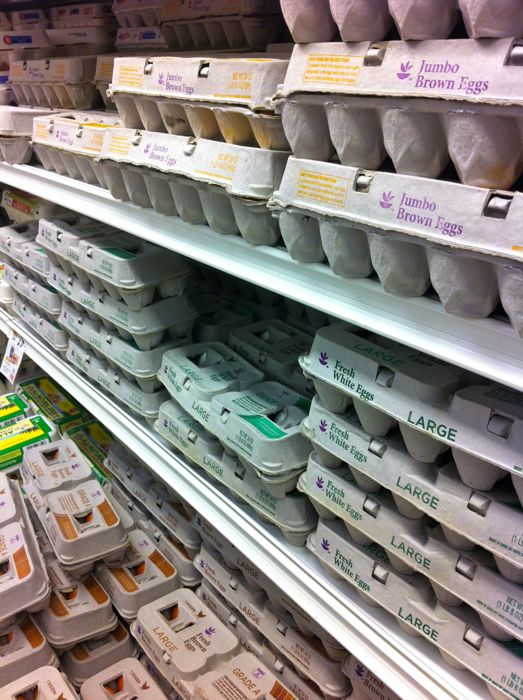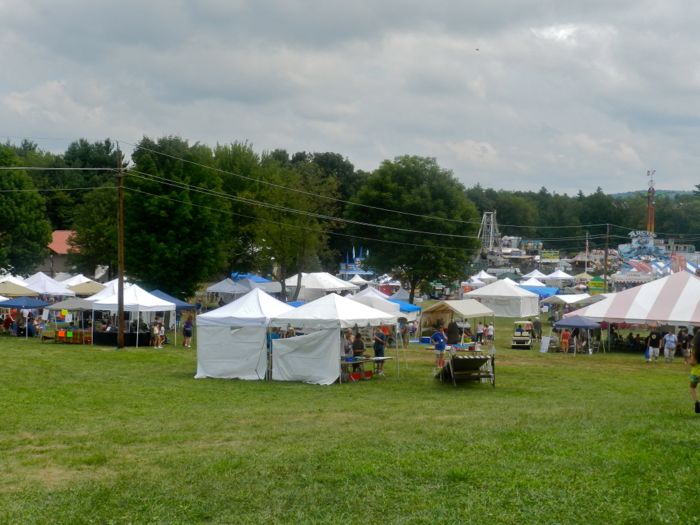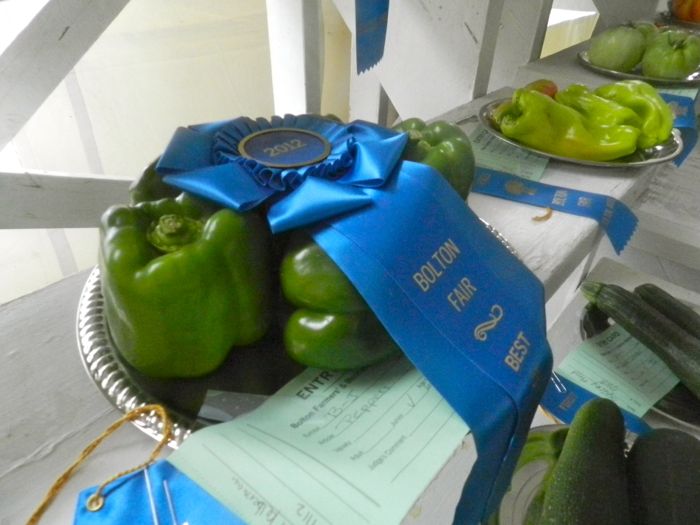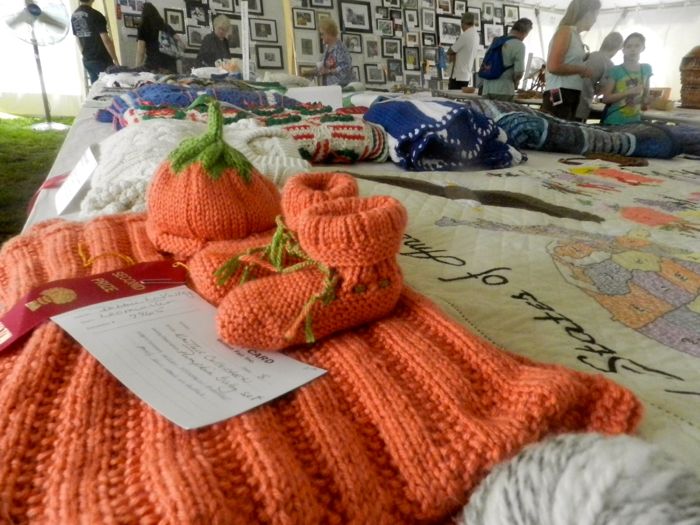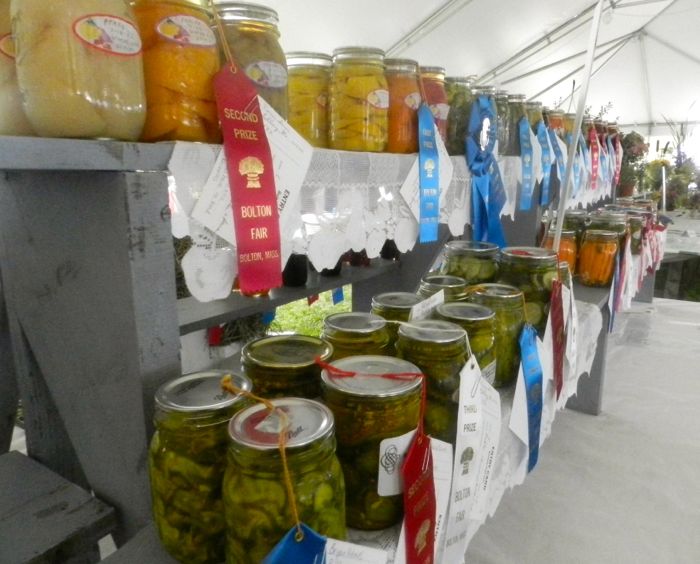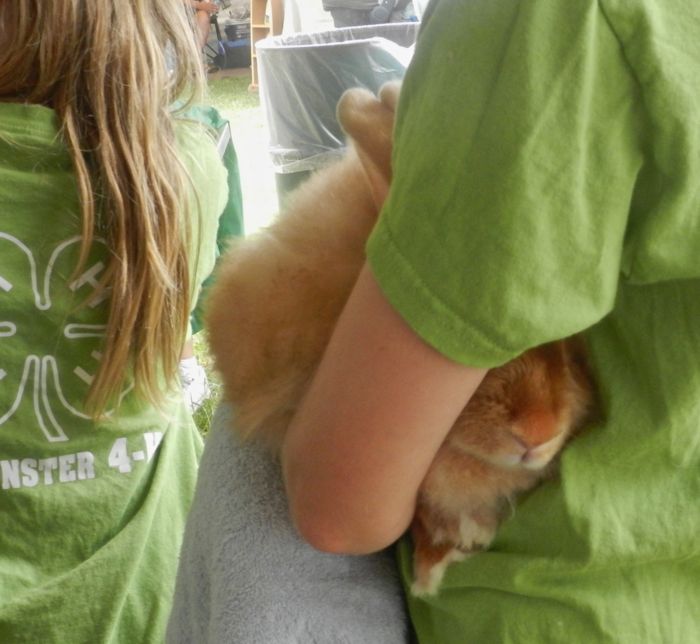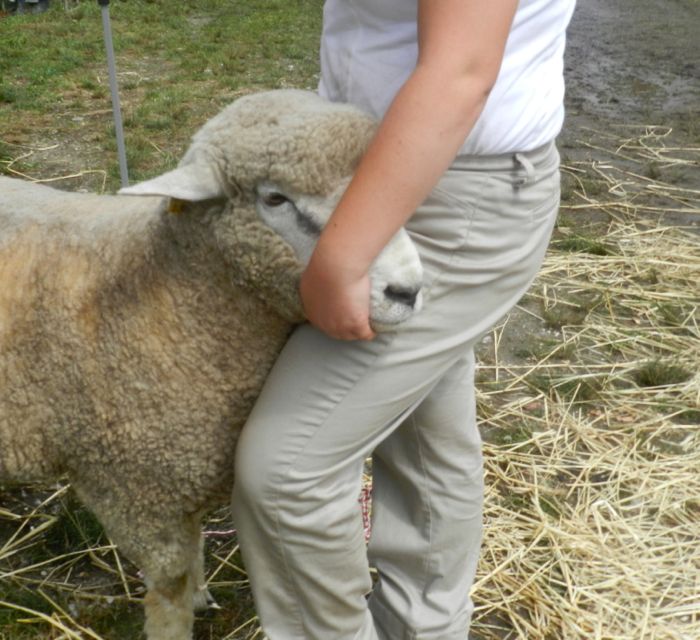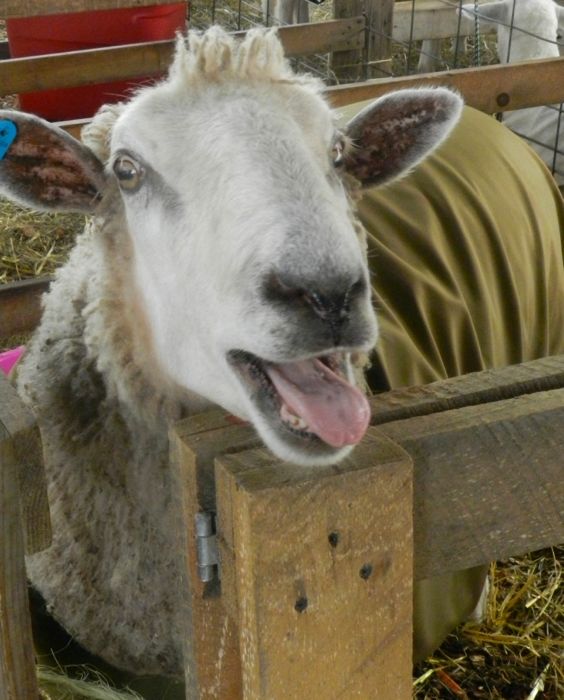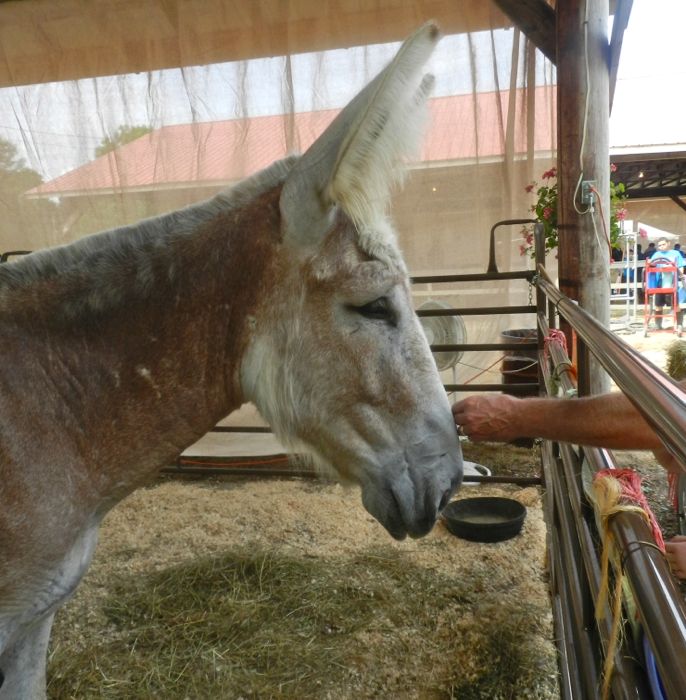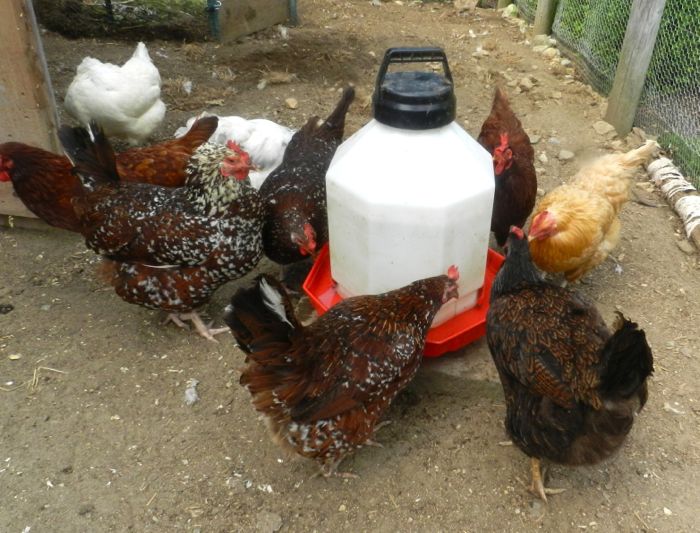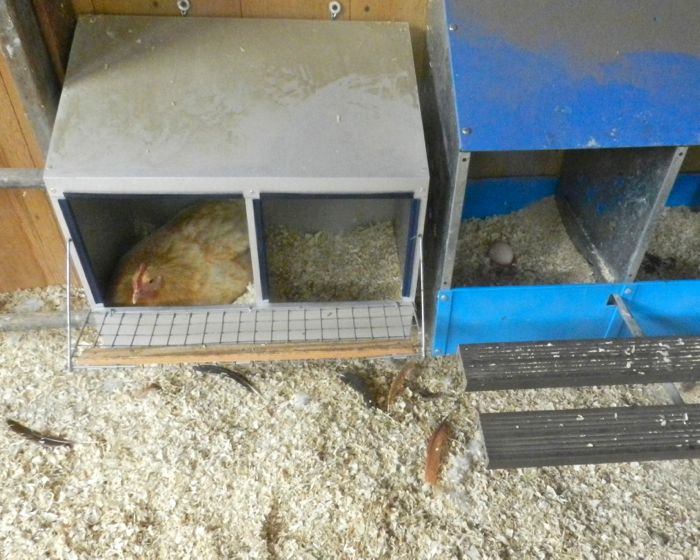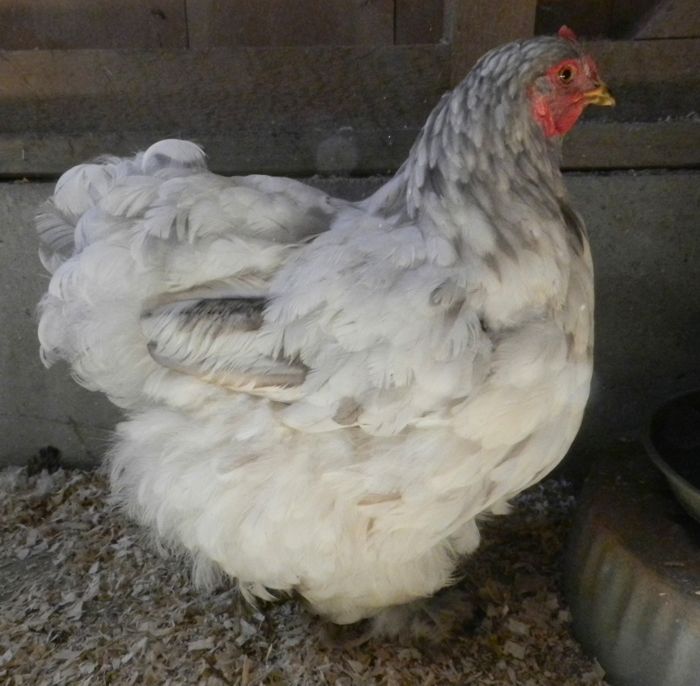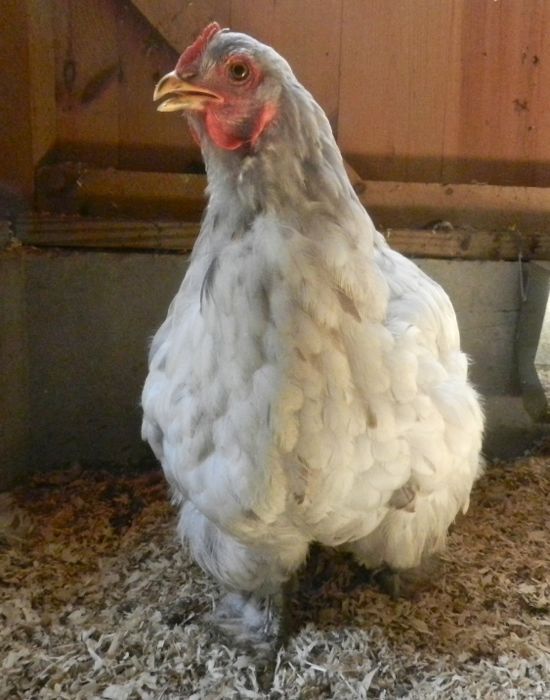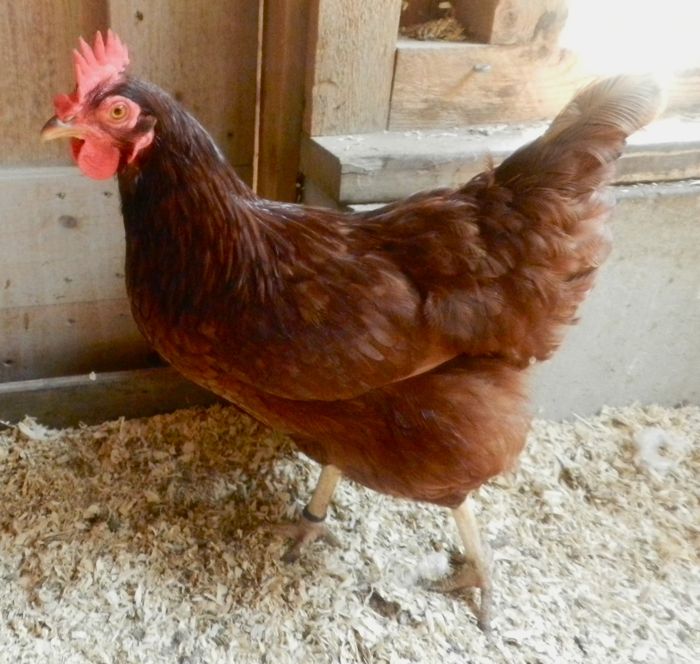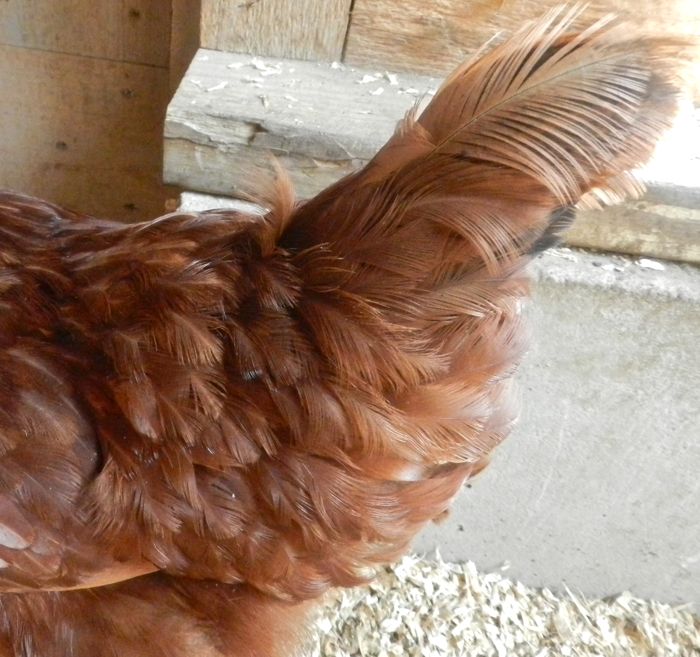I spend the winter thumbing through seed catalogs. I carefully select the varieties of plants that I nurture and care for over the summer in my vegetable garden. Although there is planning, I know enough to not expect the harvest to go as planned. The successes vary year by year. Last August the cucumbers were so abundant that I was making pickles. This year, the cucumbers have succumbed to wilt and insects. However, this year’s crops of tomatoes are the most delicious they’ve been in ages, and the carrots are sweet.
Every year I plant a pumpkin patch, and, other than watering, I ignore it. It fills with weeds. In a good year, I have enough pumpkins to set on the porch for Halloween.
This year, I put in a half-dozen butternut squash seedlings, too. The other day I went into the pumpkin garden to cut some tall grasses for the goats. I waded through weeds, and I spied some color underfoot.
I have a bumper crop of butternut squash!
But, that is not the biggest surprise in this year’s vegetable garden. The best is what I did NOT plant. Early in the spring, I spread two wheelbarrows full of compost on the goats’ pasture, where the soil is thin and nothing grows. Well, something is growing there now!
It’s my favorite winter squash, the delicata. I’m glad the boys don’t find it tasty.
This summer I finally replaced the asparagus patch (the original one Candy ate up, but that’s another story.) I planted the asparagus roots, and then I slowly filled in the trenches. I used good compost. I left it alone.
Lo and behold, the one plant I have never been able to bring to harvest, a sweet melon, is hanging off the side of the raised bed!
What have been the surprises in your garden this year?
